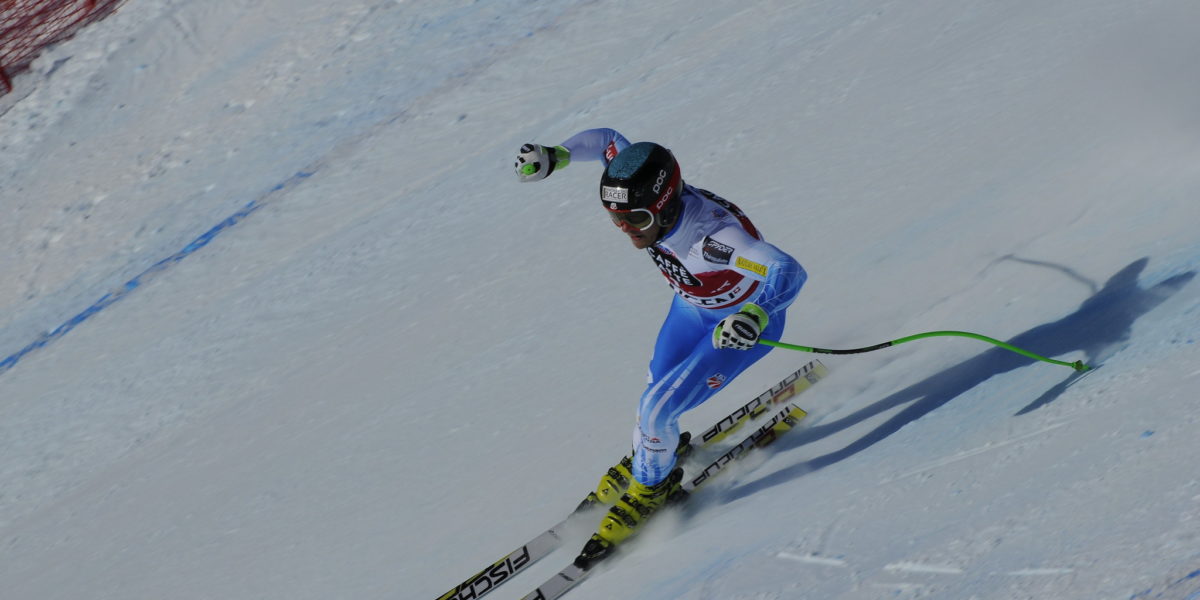Do you ever wonder what differentiates a casual skier from an Olympic level skier? The distinction lies in the immense forces these Olympic skiers’ output as they naturally transition from incredibly high speeds to sharp turns on the icy slopes. The four famous alpine skiing events held at the Winter Olympics are the slalom, giant slalom, downhill, and super-G events. In these events the human body is pushed to its limit with skiers experiencing forces of up to 2000N during turns through closely spaced poles and gates. Which is the equivalent of a 440-pound weight laying on top of you. These forces are integral in achieving faster times, better technique, and winning Olympic gold. How can these forces and techniques be optimized for the best possible ski run?
Continue reading “How to Optimize Biomechanics Forces of Olympic Giant Slalom Skiers”Author: Jared Smith
arthritis balance bio-inspired design bone brain cartilage climbing extreme conditions feet flying animals growth and development hands healing heart and the cardiovascular system humans impact insects joints jumping land animals lungs and the respiratory system marine animals material science medicine muscle other injury other sports pain plants predation prevention prosthetics recovery and rehabilitation robots running skin spine and back sports injury strength training surgery swimming technology tendons and ligaments treatment walking
